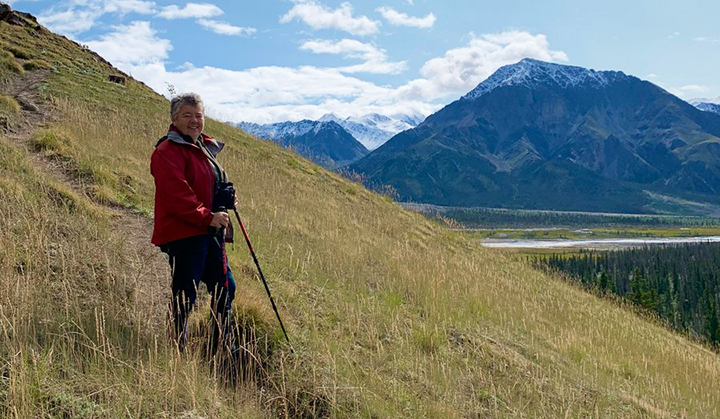Why do you support Y2Y? This is what two of our amazing donors had to say.
The Yellowstone to Yukon region spans five American states, two Canadian territories and two provinces, and the territories of more than 75 Indigenous groups. This is one of the most intact mountain regions left, and we are one of the largest wildlife connectivity projects in the world!
Y2Y receives incredible support from many who live in these communities; however, we would be remiss not to acknowledge how far this support emanates from beyond the “boundaries” of the region.
To keep progressing Y2Y’s big, transboundary vision, we need help from all over. Luckily, our supporters (yes, you!) recognize the importance of conserving large landscapes for the long-term health of people and wildlife.
Whenever a new gift comes in, our team always wonders, what compelled this person to give their hard-earned money? When we do find out, your stories are always an inspiration to us. Here are two of Y2Y’s donors’ reasons for supporting Y2Y from “near” and “far.”
Connections to wild places inspire us to protect them
Maureen B. – Québec, Canada
“You can support a conservation movement no matter how far you live from where the work is happening.”
We couldn’t have said it better than Maureen, who has been donating to Y2Y for more than 15 years. Maureen lives in a smaller, rural area surrounded by eastern Canada’s beautiful nature, just north of Québec City — several thousands of miles from the heart of the Alberta Rockies.
“You can support a conservation movement no matter how far you live from where the work is happening.”
Maureen B., Y2Y donor
Maureen was first inspired to learn more about Y2Y when she read the book Being Caribou by Karsten Heuer, a five-month research journey to follow the 2,000-mile migration of a herd of 120,000 Porcupine Caribou, from their winter range in the Yukon to their calving grounds in Alaska, and back again.
“I’m very attached to the Yukon — I’ve been going there yearly for the past 15 years because I love nature, wildlife and the people who live there. When I learned that Karsten was the president of Y2Y at the time, I started to learn more about Y2Y’s programs,” says Maureen.
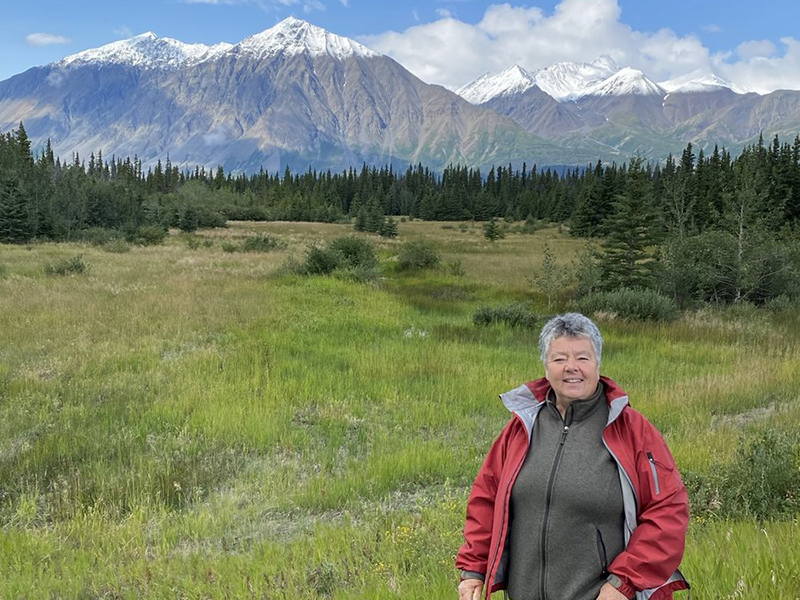
“I have also visited Yellowstone often. Just knowing that there’s this long corridor connecting these places and making it easier for wildlife to move is amazing. Everything is interconnected.”
Our connections to place are powerful, inspiring our own lifelong journeys to protect what we love.
“There are certainly other groups I could support closer to home, but Y2Y invests a lot in protecting habitat, to keep the conservation movement going,” says Maureen. “Keeping species that need large home ranges such as grizzly bears and wolves around for generations to come is just one reason I’m drawn to support Y2Y’s work.”
Connecting and protecting ‘one ecosystem at a time’
Marcella W., Colorado, United States
For Y2Y donor Marcella, a love for the outdoors runs deep. She grew up in New Mexico surrounded by the Rockies. She has worked for the Forest Service and the National Park Service and became a planner and educator.
Marcella reached out to share with us her story of following Y2Y’s large landscape footsteps on a smaller scale in her own neighborhood in northern Colorado.
“I first encountered Y2Y’s work during a presentation from one your team members in 2018,” says Marcella. “Since then, Y2Y has inspired me to notice a threat in my own neighborhood. From the Y2Y model I learned how to approach the problem, share the importance of conservation, and inspire change elsewhere.”
“From the Y2Y model I learned how to approach the problem, share the importance of conservation, and inspire change elsewhere.”
Marcella W., Y2Y donor
The community where Marcella lives is a subdivision that was developed nearly 25 years ago on the shore of a small lake. Over the years, as more people moved into the subdivision, the natural ecosystem along the lakeshore became degraded. In 2020 she saw an opportunity to develop a management plan for restoring the shoreline to a more natural state.
“Y2Y came to mind, and I realized that we had to recognize this lakeshore as a small ecosystem within a series of surrounding diverse ecosystems — it’s part of a much bigger picture of environmental and people networks,” says Marcella. “I am fighting for habitat preservation, endangered species protection, and appropriate use of our lakeshore to be managed as Rural Natural ecosystem.”
In 2020, Marcella wrote a management plan that seeks to manage the area as an unfragmented ecosystem for plants, animals and people. After the first year’s bumpy but successful management, the neighborhood team is poised for a second year of ecosystem management.
Although there were challenges and some resistance along the way, her work is making a difference.
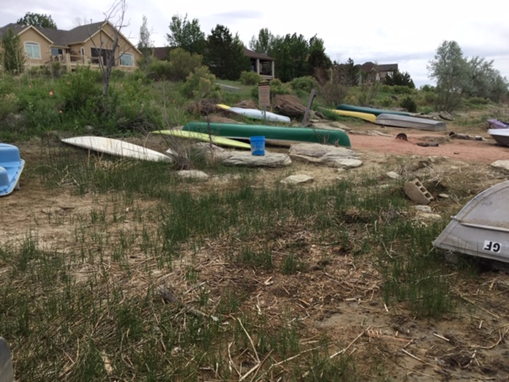
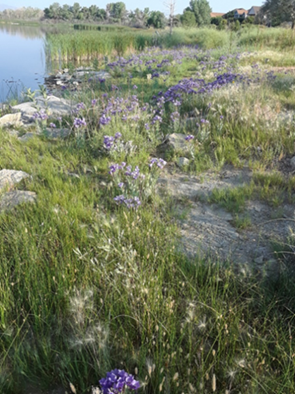
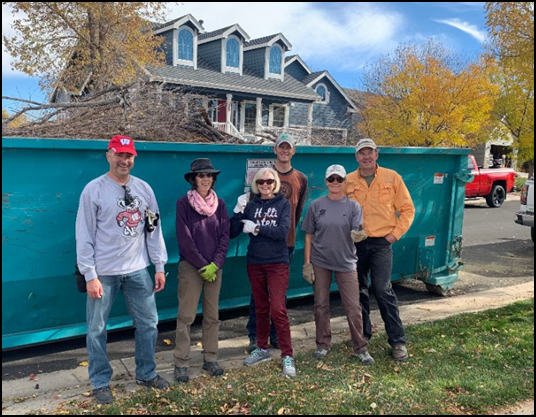
“We were able to reverse 20 years of neglect along the shoreline and want to keep this work going into the future,” adds Marcella. “I just wanted you to know that Y2Y has been an inspiration for me in this entire effort.”
She and her team of community members are forging forward with education programs beyond their neighborhood, and have removed invasive species, monitored over 2,000 stems of the rare Gentian flower, documented migratory bird pathways, and so much more.
“It’s one baby ecosystem at a time, right?!” Marcella says.
